People refer to species in the family Istiophoridae as “Marlin.” Researchers divide them into five different taxonomic genuses and 11 different species. People call some species in this group “Marlin,” some “spearfish,” and some “sailfish.” For our purposes, we will focus on the group as a whole when we refer to “Marlins.” Read on to learn about the Marlin.
Description of the Marlin
These fish, though varied, all share a similar body shape. They have elongated, muscular frames which they use to swim powerfully through the water. Perhaps their most distinguished feature, all species also have long, pointed snouts or bills.
Different species reach different sizes. The largest individuals can surpass 16 ft. in length and weigh well over 1,000 lbs. However, average weights typically do not reach nearly that size.
Interesting Facts About the Marlin
These powerful predators have captured the interest of fishermen for many years. Learn more about a few individual species, and what makes them unique, below.
- Atlantic Sailfish – This fish’s name comes from the large, sail-like fin on its back. Though it does not reach the same immense sizes as some of the other members of the family, people still target this species as a game fish for its speed.
- White Marlin – Another prized sport fish, this species currently faces decline from fishing activities. Even though people have placed restrictions on catch sizes, catch and release fish still face significant danger of death from the activity. The IUCN lists this species as Vulnerable and declining.
- Atlantic Blue Marlin – Another Vulnerable and declining species, this fish also faces threat from overfishing. People target this species quite heavily for its ability to reach impressive sizes and its powerful swimming. Commercial fisheries also accidentally catch this species as bycatch when targeting tuna.
- Black Marlin – This species reaches similar lengths to the Atlantic Blue species, but researchers do not have enough data to conclusively decide how healthy their populations are. For their size, people also target this species as a sport fish.
Habitat of the Marlin
Some of the different species in this group utilize different types of habitats. However, many species live in pelagic, open-ocean ecosystems. More specifically, they use the epipelagic zone, or the region of water at the surface where light still penetrates. Different species prefer different depths within this zone.
Distribution of the Marlin
Each of the various species has its own unique range and distribution. Some live across vast expanses of ocean while others utilize only a small region. They live in tropical, subtropical, and temperate seas. You can find them in the Atlantic Ocean, the Pacific Ocean, the Indo-Pacific region, the Indian Ocean, and more.
Diet of the Marlin
These large fish have carnivorous habits, which means that they prey on other animals. They feed primarily on fish and squid, and the specific prey that they target varies based on the species, where they live, and the individual’s size. Some common prey include mackerel, tuna, squid, sardine, anchovy, herring, and more.
Their hunting behavior differs from many other large predators, as they use their long bills as weapons. The fish swims rapidly into a school of prey, slashes back and forth with its bill, and then eats the fish that they have stunned or killed.
Marlin and Human Interaction
Humans target the vast majority of species in this group for sport and/or commercial fisheries. Commercial fisheries also catch various species on accident when they target other large predatory fish, like tuna.
Pressure from all of these types of fishing have pushed some species into declining populations. The impact on each species varies.
Domestication
Humans have not domesticated this fish in any way.
Does the Marlin Make a Good Pet
You could not keep any of the various species as pets because they grow too large.
Marlin Care
People do not frequently house these fish in aquariums. Some species reach incredibly large sizes, and all live pelagic lifestyles swimming through open ocean. This, in addition to their long bills, make it difficult to house them in a tank, as they would swim into the sides.
Behavior of the Marlin
Different species have different behaviors. All of the various species exhibit some level of migratory behavior, moving long distances based on the season or following prey. Some species prefer living in groups, known as schools. Other species live solitary lives and only interact with one another during the breeding season.
Reproduction of the Marlin
Different species have different mating habits. Each species has its own specific breeding season, which also varies by region. The number of eggs, mating rituals, incubation periods, and length at maturity all vary based on the species. All reproduce via spawning, where the female releases her eggs and the male fertilizes them outside of the body.

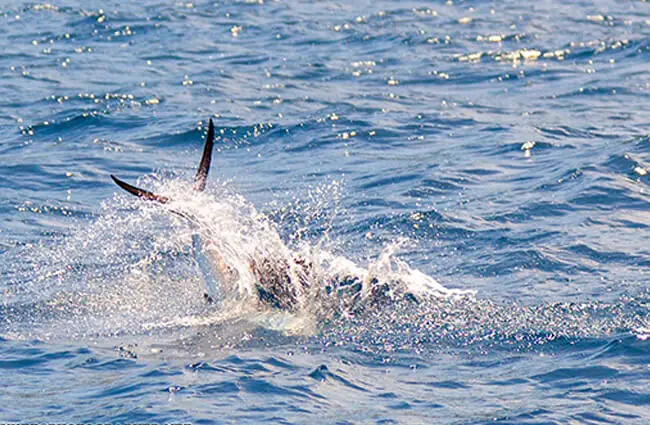
![Sailfish hunting sardines in the open ocean off the coast of Mexico. Sailfish hunting sardines in the open ocean off the coast of Mexico. Photo by: Rodrigo Friscione / NOAA's National Ocean Service [public domain] https://creativecommons.org/licenses/by-sa/2.0/](https://animals.net/wp-content/uploads/2020/02/Marlin-1-650x425.jpg)

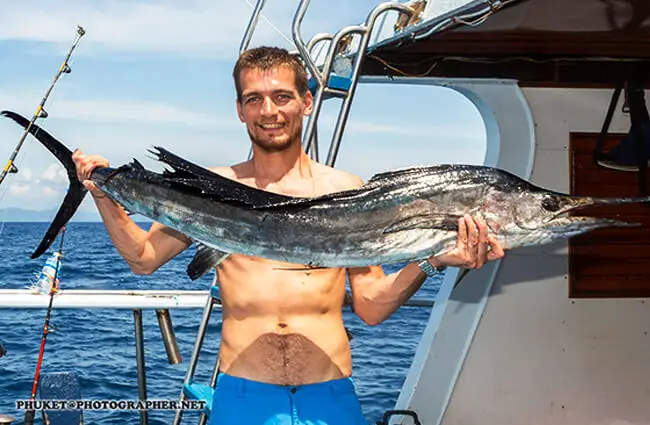
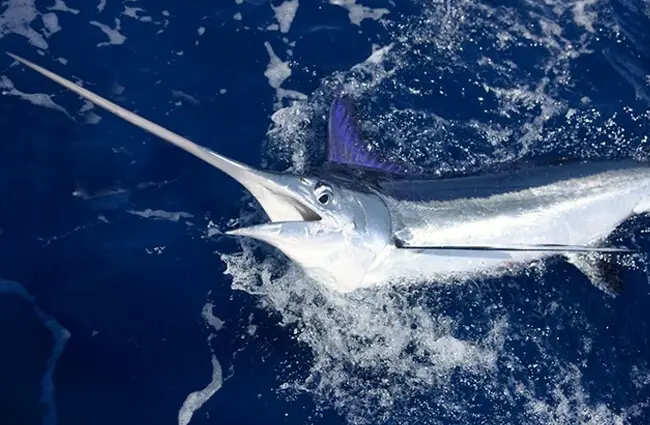
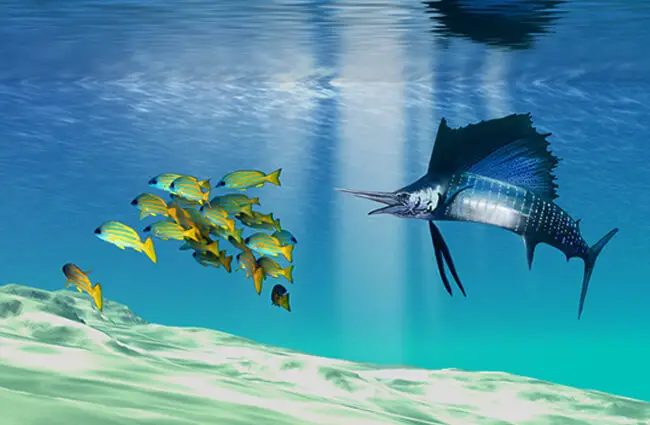
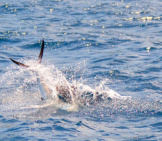
![Sailfish hunting sardines in the open ocean off the coast of Mexico. Sailfish Hunting Sardines In The Open Ocean Off The Coast Of Mexico. Photo By: Rodrigo Friscione / Noaa'S National Ocean Service [Public Domain] Https://Creativecommons.org/Licenses/By-Sa/2.0/](https://animals.net/wp-content/uploads/2020/02/Marlin-1-162x141.jpg)
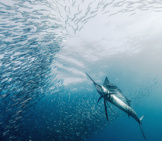
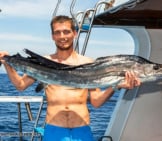

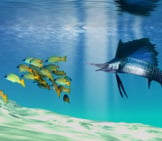
![Red Angus Closeup of a beautiful Red Angus cowPhoto by: U.S. Department of Agriculture [pubic domain]https://creativecommons.org/licenses/by/2.0/](https://animals.net/wp-content/uploads/2020/03/Red-Angus-4-238x178.jpg)












![Red Angus Closeup of a beautiful Red Angus cowPhoto by: U.S. Department of Agriculture [pubic domain]https://creativecommons.org/licenses/by/2.0/](https://animals.net/wp-content/uploads/2020/03/Red-Angus-4-100x75.jpg)

